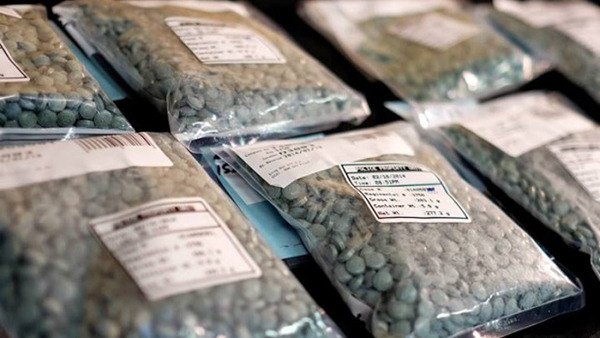The drug overdose crisis has claimed 488 lives in B.C. in the first eight months of the year up until the end of August, according to new statistics released by the B.C. Coroners Service.
The number of deaths from opioid overdoses was down slightly from 55 in July to 49 in August, and is well off the peak of 81 in January.
Chief coroner Lisa Lapointe noted for the first time this year, the deaths in August were down from the same month in 2015.
“Without the work that has been done to increase the availability of this antidote to opioid overdoses, I fear we would have seen many more deaths,” Lapointe said. “But no one should ever assume that the presence of naloxone at a scene will automatically mean a good outcome.”
The Fraser Health region accounted for 172 illicit drug overdose deaths from January through August, or 35 per cent of the provincial total.
There were 113 drug deaths in Vancouver Coastal, 93 on Vancouver Island, 80 in the Interior and 30 in the Northern health region.
The largest numbers of deaths by city have been in Vancouver (96 so far in 2016), Surrey (62), Victoria (39), Kelowna (27), Abbotsford and Kamloops (at 23 each), Maple Ridge and Nanaimo (20 each), and Langley (19).
The 488 deaths in total in B.C. so far is up 62 per cent from the same period of 2015.
The biggest increase in the rate of deaths occurred on Vancouver Island, where there was a 135 per cent increase. Vancouver Island also had the highest rate of deaths as a proportion of the population – 18.1 deaths per 100,000 people so far this year.
The powerful synthetic opioid fentanyl was detected in more than 60 per cent of deaths this year, twice the rate of 2015.
There have been an average of 37 fentanyl-linked overdose deaths per month this year.
The most common drug overdose combination has been cocaine mixed with fentanyl, officials said.
A multi-prong response strategy has been underway since the province declared a public health emergency in April and created a dedicated task force in July.
In the latest move, the health ministry approved a request to deregulate and unschedule naloxone, allowing the life-saving overdose treatment to be sold at more locations.
Work continues to try to block fentanyl production and distribution, increase harm-reduction options and increase the number of addiction recovery beds.
More than 2,100 no-charge take-home naloxone kits have been used to reverse overdoses out of more than 13,700 distributed.
Posters and now videos are being released to make recreational drug users more aware of the risks they face.
A new video features Leslie McBain, founder of support group Moms Stop the Harm, who lost her son Jordan to an overdose.
“It can happen to anyone’s child,” said McBain. “Education and awareness are at present the best tools we have for reducing drug harms including death.”
Vancouver Coastal Health is applying to Health Canada to add more safe consumption sites in the region.
Health officials in B.C. have complained the federal process for approving new harm reduction sites has been too onerous and slow since new legislation restricting them was passed by the former Conservative government in 2015.
